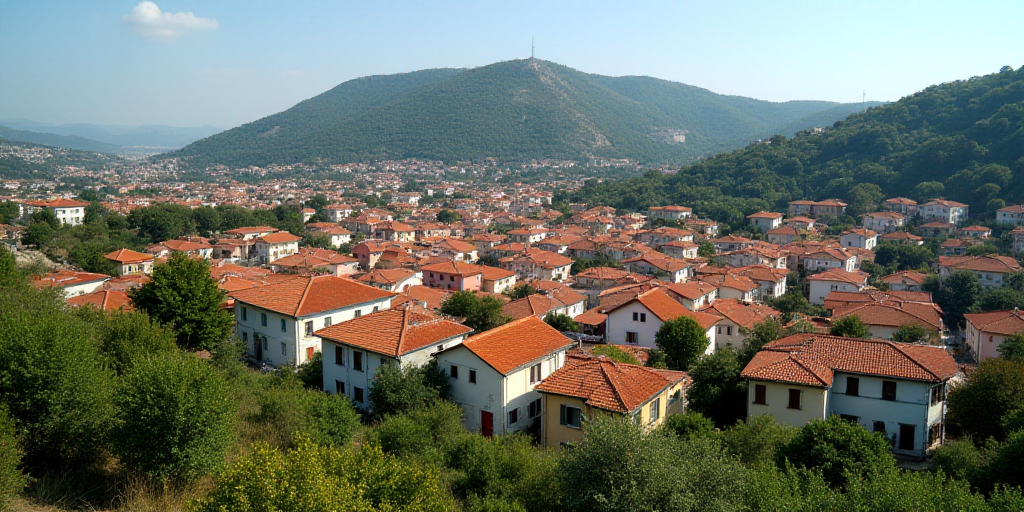Introduction
The Mexican federal government, through the Secretariat of Agrarian, Territorial and Urban Development (Sedatu), has set a target to construct 1,100,000 social interest homes during Claudia Sheinbaum’s six-year term. However, the government faces significant challenges, primarily the scarcity of suitable urban land and regulatory hurdles.
The Challenge of Land Acquisition
Edna Vega Rangel, the head of Sedatu, highlighted that one of the most complex challenges is acquiring urbanized land with access to essential services. Initially, the government sought donations from federal, state, and municipal governments. However, only one out of every three offered plots was deemed suitable for housing due to risks or lack of connectivity to urban areas.
As of now, the government has managed to secure a territorial reserve with potential for building 200,000 homes—a significant number but still far from the six-year target.
Regulatory Obstacles
Local regulations have further complicated the situation. Many municipalities have low housing densities in their urban development plans, limiting the number of homes that can be built per hectare.
“We have worked with municipalities and states to achieve the ideal density, which we estimate at 140 homes per hectare,” Vega Rangel explained.
Partnership Between Private Sector and Infonavit
To overcome construction challenges, the Instituto del Fondo Nacional de la Vivienda para los Trabajadores (Infonavit) has partnered with private developers who contribute their own land reserves.
According to Octavio Romero Oropeza, Infonavit’s general director, a scheme has been designed to purchase land from private developers. The plan involves Infonavit paying 50,000 pesos per housing unit built on private land, while the remaining 550,000 pesos cover construction costs, totaling 600,000 pesos per home.
The land value directly depends on the density permitted by each municipality. For instance, if a plot allows for 150 homes, the payment would be 7.5 million pesos.
Exploring Alternative Land Sources
Given the public land limitations and the need to expand alternatives, Sedatu is considering incorporating lands owned by ejidos and communities interested in participating in the program.
Vega Rangel mentioned that unlike public lands, ejidal lands are not offered as donations; instead, prices need to be negotiated, and appropriate mechanisms defined for integrating them into the housing plan.
Key Questions and Answers
- What is the government’s housing construction goal? The Mexican federal government aims to construct 1,100,000 social interest homes during Claudia Sheinbaum’s six-year term.
- What challenges is the government facing? The primary obstacles are the scarcity of suitable urban land and regulatory hurdles.
- How is the government addressing land acquisition? The government initially sought donations from federal, state, and municipal governments but now focuses on negotiating prices for ejidal lands.
- What partnership has Infonavit established to advance housing construction? Infonavit has partnered with private developers, purchasing land from them to build social interest homes.
- How does the value of land depend on municipal regulations? The land’s value directly correlates with the housing density permitted by each municipality.






